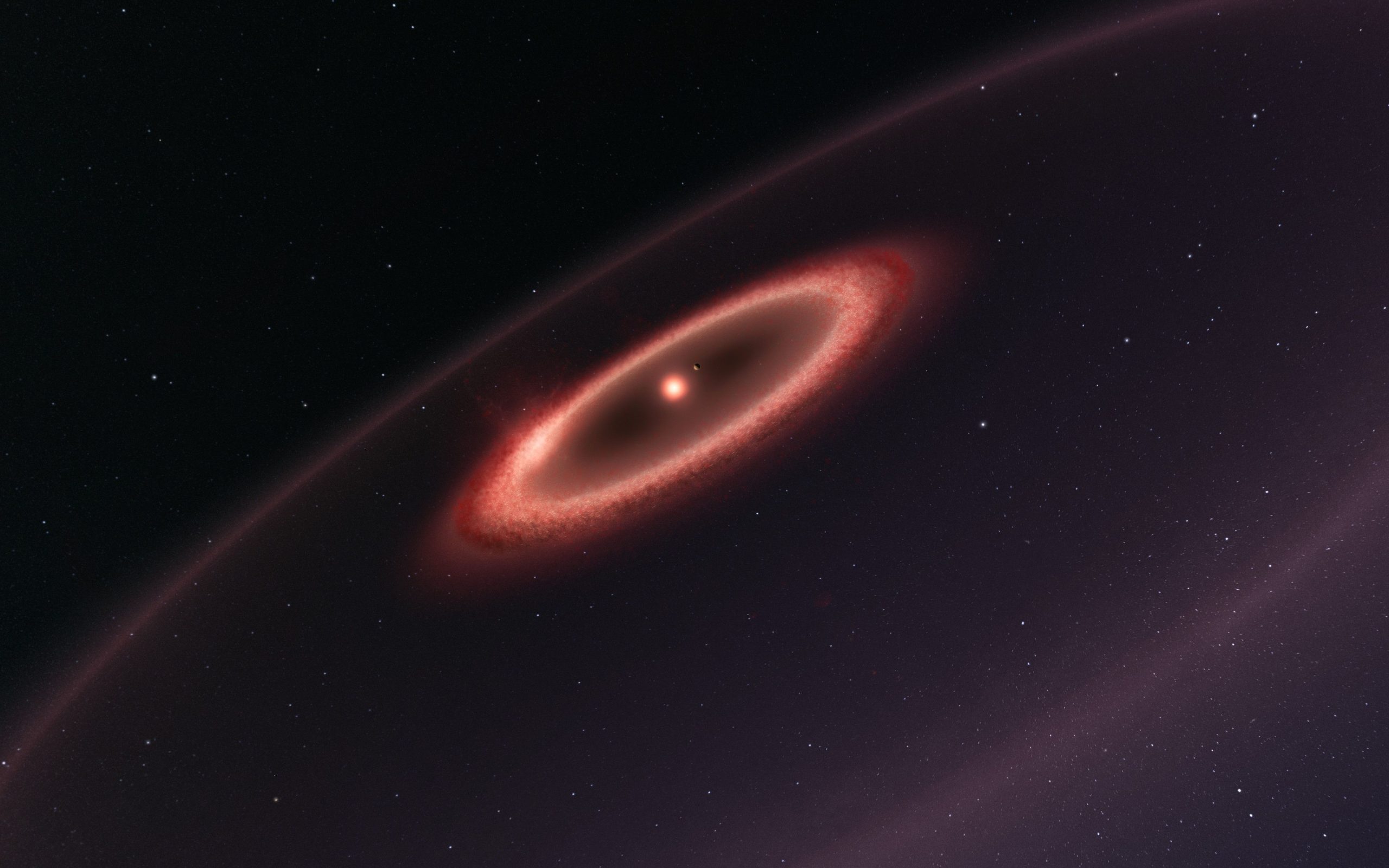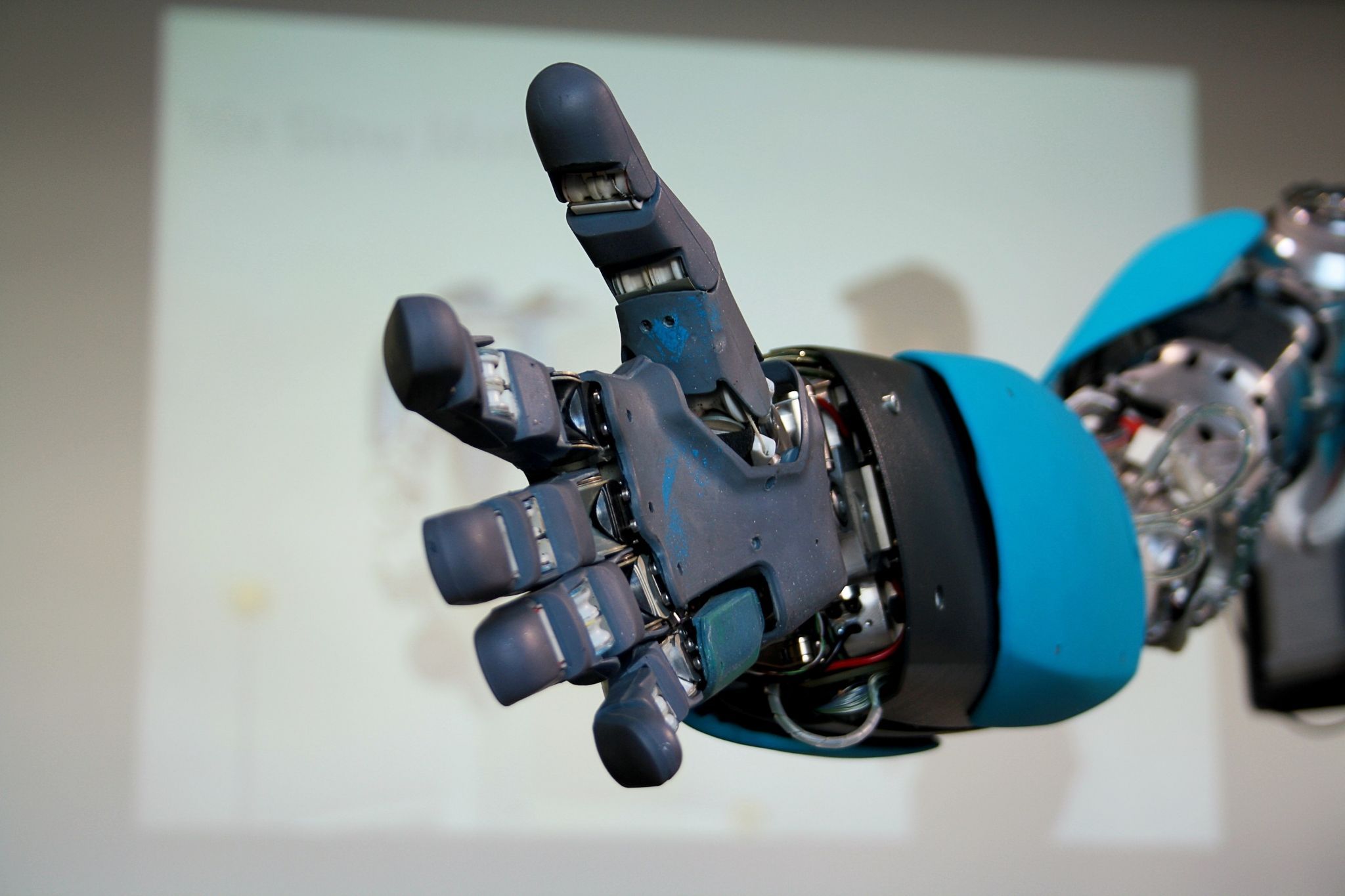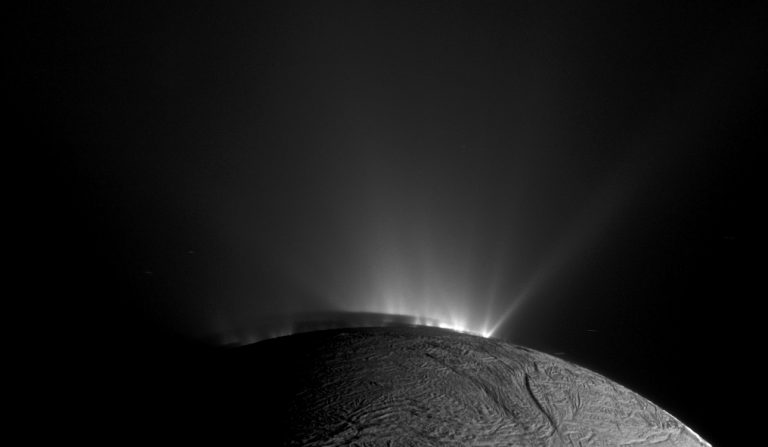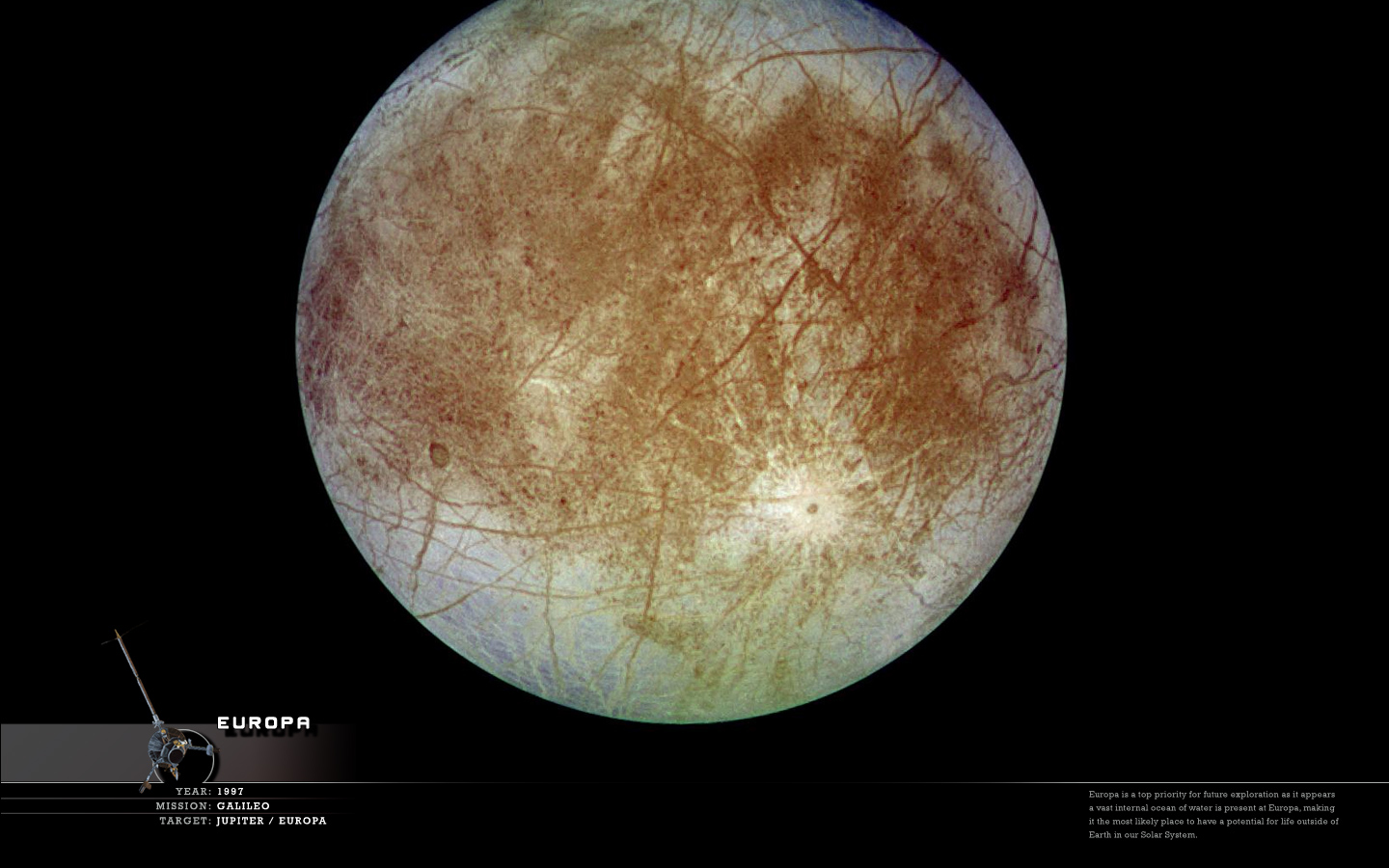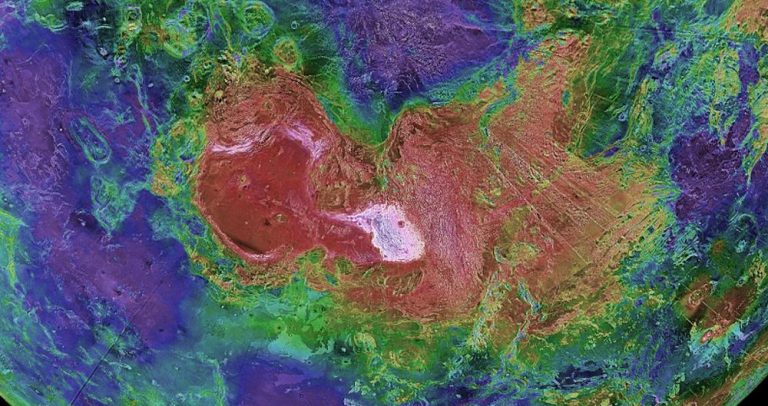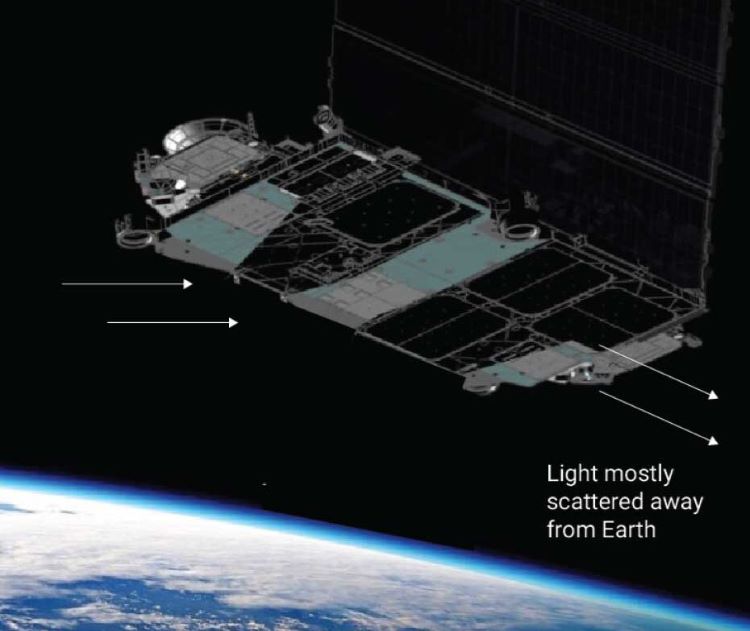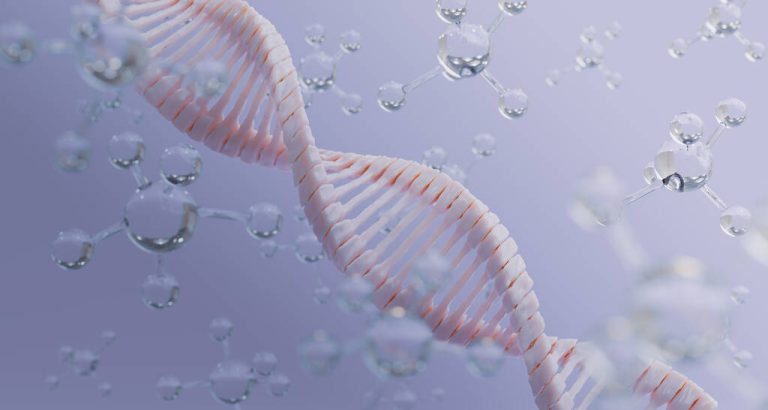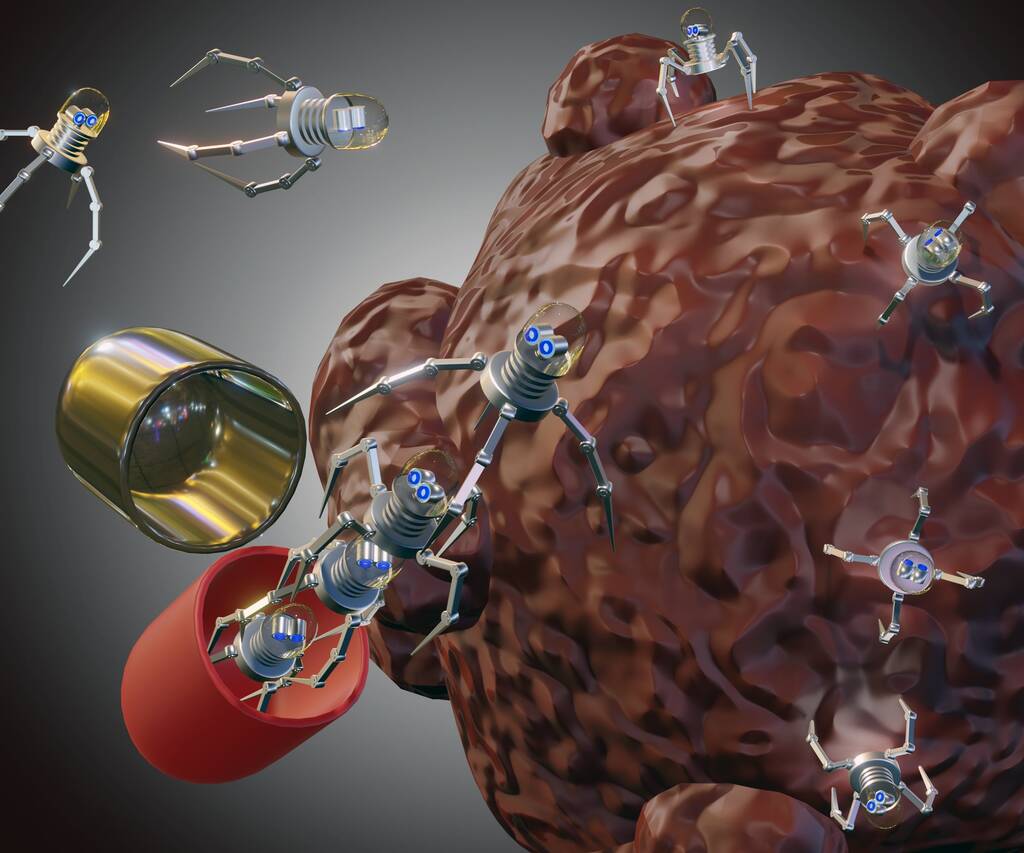Warp Drives: How They Don’t Break Relativity
Warp drives are a captivating theoretical concept that proposes bending space-time to allow faster-than-light travel without violating the local constraints of physics.
Summary:
- Concept: Warp drives rely on the curvature of space-time to achieve faster-than-light travel.
- Scientific Grounding: Based on Einstein’s theory of relativity and mathematical models.
- Inspiration: Derived from science fiction, particularly popularized by series like Star Trek.
- Feasibility: Theoretical ideas like the Alcubierre Drive show possibilities, though enormous challenges remain.
- Energy Requirements: Enormous energy needs and exotic matter make practical implementation difficult.
- Local vs. Global Effects: While local speeds remain subluminal, distant objects can recede faster than light.
- Physics Principles: Uses concepts of space expansion and the fabric of space-time.
- Challenges: Technical obstacles, such as the need for negative energy, remain unresolved.
- Impact: Could revolutionize space travel if technical and energy hurdles are overcome.
- Criticism: Faces skepticism from parts of the scientific community due to energy and stability issues.
- Exploration: Continues to be a subject of intense research and debate in theoretical physics.
- Public Interest: Fuels imaginations, blending science fact with science fiction.
- Historical Context: Stemming from groundbreaking research in the 1990s.
- Future Possibilities: May lead to new understandings of space, time, and the universe.
- Innovation: Represents the cutting edge of theoretical physics and futuristic travel concepts.
Introduction
The idea of warp drives has fascinated both scientists and science fiction fans for decades. It proposes a method to travel vast distances by warping the fabric of space-time. Unlike conventional travel that requires speeds to physically exceed the speed of light, warp drives take advantage of the expansion and contraction of space itself. This concept remains theoretical, with roots deeply embedded in Einstein’s theory of relativity.
The modern theoretical groundwork was laid by Miguel Alcubierre in 1994. Inspired by the imaginative possibilities of Star Trek, Alcubierre developed a mathematical model that allowed for the expansion of space behind a spacecraft and the contraction in front of it. This model suggested that even though the spacecraft itself would not be moving locally faster than light, it could reach destinations far more quickly than traditional travel would allow.
The Physics Behind Warp Drives
The concept of a warp drive hinges on our understanding of general relativity. Einstein’s equations describe how matter and energy influence the curvature of space-time. In a warp drive scenario, a bubble of space-time is created around a spacecraft. Within this bubble, the usual rules of physics apply, but the space outside the bubble is distorted in such a way that distances are effectively shortened.
This idea challenges our everyday intuition about motion. While no object within the bubble ever exceeds the speed of light relative to its local space, the bubble itself can traverse vast cosmic distances by riding the wave of space-time curvature. This delicate balancing act maintains the causality and local speed limits that are cornerstones of physics.
The Alcubierre Drive Model
Alcubierre’s model stands out as a bold attempt to reconcile faster-than-light travel with the strictures of relativity. The model does not allow any object to actually travel faster than light locally. Instead, it manipulates the geometry of space-time, allowing distant points to be connected more directly. Although the mathematics shows a theoretical possibility, the energy required for such a process is beyond anything currently available.
The model requires vast amounts of negative energy or exotic matter—a concept that remains purely theoretical. Researchers are still exploring whether such energy forms could exist naturally or be harnessed by future technology. Despite these challenges, the idea has spurred much discussion and additional research into the fundamental properties of space and time.
A Closer Look at the Challenges
Warp drive theories face significant technical and practical hurdles. One of the primary obstacles is the energy requirement. The energy needed to create a warp bubble is astronomical compared to our current technological capabilities. Moreover, the generation of negative energy remains one of the most elusive tasks in physics.
Another challenge is maintaining the stability of the warp bubble. Even if the energy issues were resolved, ensuring that the bubble remains intact and controllable during travel is a formidable engineering problem. Scientists continue to debate the feasibility of these concepts and propose potential methods to overcome these barriers.

Table 1: Comparison of Warp Drive Theories
| Theory | Key Concept | Energy Requirement | Status |
|---|---|---|---|
| Alcubierre Drive | Expands and contracts space-time | Extremely high, requires exotic matter | Theoretical, not yet feasible |
| Natário Warp Drive | Alternative metric without expansion | Slightly reduced energy needs | Still under theoretical study |
Table 2: Energy Requirements vs. Feasibility
| Parameter | Estimated Energy (Joules) | Feasibility |
|---|---|---|
| Warp Bubble Creation | 10^50 or more | Far beyond current technological capabilities |
| Negative Energy | Not yet experimentally verified | Remains a significant theoretical challenge |
Despite the speculative nature of warp drives, the discussion has led to a renewed interest in understanding the deeper workings of the universe. Institutions like NASA have taken an interest in these ideas, not necessarily to build a warp drive, but to explore the fundamental principles that govern space-time. For further reading and a deeper dive into this topic, check out this NASA research paper and watch this informative video on warp drives.
In addition to academic research, popular science outlets have brought these ideas to a broader audience, ensuring that discussions about warp drives are not limited to the realm of advanced physics. Such coverage has inspired many to ponder the possibilities of space travel and the future of interstellar exploration.
The journey toward making warp drives a reality is still in its infancy. Advances in technology, energy generation, and our understanding of quantum mechanics may eventually pave the way for breakthroughs. Until then, the concept remains a brilliant blend of imagination and rigorous scientific theory.
Innovative research continues in related fields, such as quantum field theory and the study of dark energy. These areas may hold the keys to overcoming the technical barriers that currently stand in the way of practical warp drive technology. By pushing the envelope of what we know, scientists and engineers work together to explore the limits of physics, potentially opening the door to new, revolutionary modes of space travel.
Facts About Warp Drives
- The concept of a warp drive first captured the public imagination through science fiction, yet it now has a serious theoretical underpinning.
- The idea that space itself can expand or contract, allowing for effective superluminal travel, is supported by observations of distant galaxies.
- Despite the challenges, discussions around warp drives have led to broader insights into the nature of energy, space, and time.
Warp drives show an exciting possibility of traveling space very fast in the future. They use ideas from Einstein’s theory of relativity. These ideas make us rethink what we know and make us study physics harder. We cannot build these drives yet, but studying them can help us learn more about the universe.
This idea might sound like a story now, but it shows how creative people can be and how much they want to learn. As we keep studying, we may find new things that help us understand space and time better.



